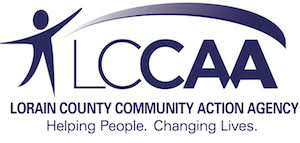
Several Options Available for Babywearing
posted 12/6/23 -- Babywearing, or securing your baby to your body with some type of cloth, has been practiced around the world for thousands of years.Mothers and caregivers worldwide have understood that wearing your baby provides a hands-free option to take care of daily tasks while providing close attachment and care to their infants and toddlers. In addition to making life easier, babywearing helps to soothe a baby, helps digestion, and regulates their body temperature, heart, and respiratory rates.
Current evidence-based research has shown that babywearing also helps to support child development and early learning outcomes. Developmental areas addressed when wearing your baby are the same as those outlined in Head Start’s Early Learning Outcomes: social and emotional, language and literacy, cognition, and perceptual, motor and physical development.
Social and emotional development begins when parents learn and respond to their infant’s needs, establishing trust that their needs will be met. Babywearing provides many opportunities to bring the baby close enough to their caregiver to provide both interaction and comfort.
Language development and conversations can occur with infants from birth. Babywearing allows the infant to have face to face engagement, including eye contact and observation of non-verbal communication. With the caregiver right there, it is easier for them to notice and respond to baby’s cues. They can interact and begin to have conversations.
A number of studies in recent years demonstrate the differences in infant and toddler brain patterns when they are carried versus when they are separated in cribs, seats, swings and bouncers. Combining skin to skin contact with meaningful interactions with nurturing adults leads to brain activity and cognitive development.
Babywearing also provides many opportunities for a child’s physical development. When babies are worn in a carrier, a baby’s muscles are engaged and their head, neck, back, torso and leg muscles are all stimulated and used.
For more information on babywearing and the types of carriers available contact Melissa Carroll at 440-457-0187 or [email protected].
Learn more from the Center for Babywearing Studies at centerforbabywearingstudies.com or the Growing Great Kids curriculum from Jump Start.
